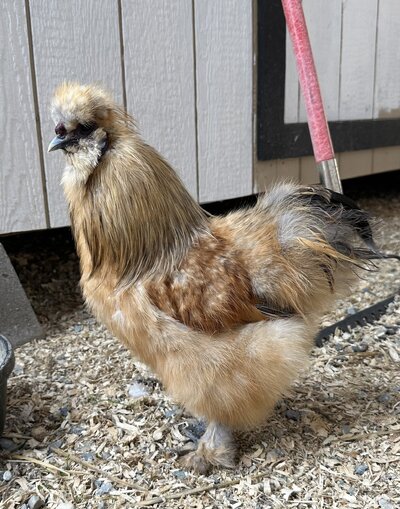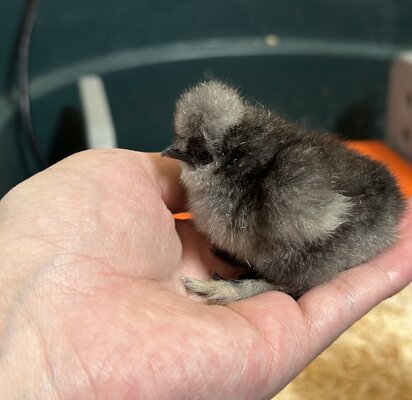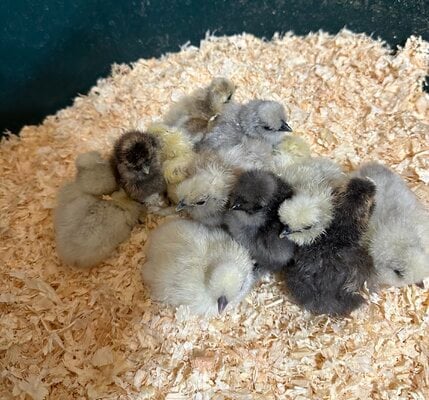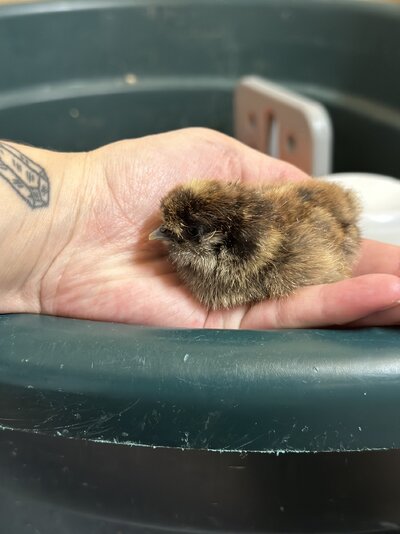Hambug
In the Brooder
- Feb 12, 2023
- 8
- 3
- 14
Hi all! I'm currently working on my silkie breeding program. I'm still learning about genetics and SOP, I would love input and discussion on a few things.
First things first, my current pairing right now is a white hen and a partridge rooster. He's definitely on the lighter side for a partridge and leans more towards buff. With this pairing am I going to get mostly partridge or chicks with red over a lighter base color? Would there be a better color rooster to pair her with? I kind of just ended up with these two before I really had plans to breed them but just fell in love with them and feel like they've matured beautifully.
Ok next, do you think you can pick chicks from day one that'll develop nicely? I just hatched 12 and a few seem like they already fit a better standard than others. a more petite size, dark skin, and big fluffy heads. Only three of the chicks hatched are from my pairing, the rest I got from a local breeder who has splash hens with buff and red roosters over them.
im including pictures of the fresh hatch and my matured silkies, I would love to hear what y'all think!

First things first, my current pairing right now is a white hen and a partridge rooster. He's definitely on the lighter side for a partridge and leans more towards buff. With this pairing am I going to get mostly partridge or chicks with red over a lighter base color? Would there be a better color rooster to pair her with? I kind of just ended up with these two before I really had plans to breed them but just fell in love with them and feel like they've matured beautifully.
Ok next, do you think you can pick chicks from day one that'll develop nicely? I just hatched 12 and a few seem like they already fit a better standard than others. a more petite size, dark skin, and big fluffy heads. Only three of the chicks hatched are from my pairing, the rest I got from a local breeder who has splash hens with buff and red roosters over them.
im including pictures of the fresh hatch and my matured silkies, I would love to hear what y'all think!







